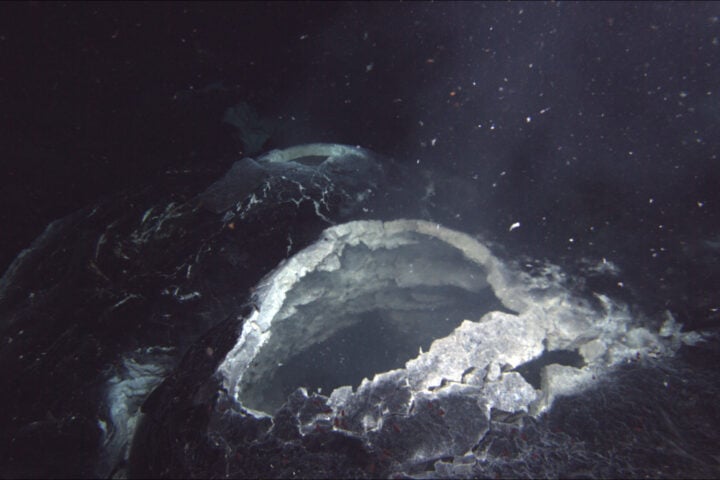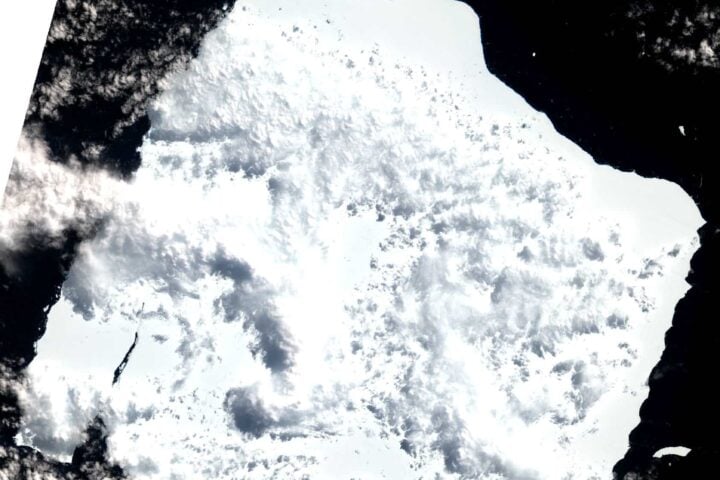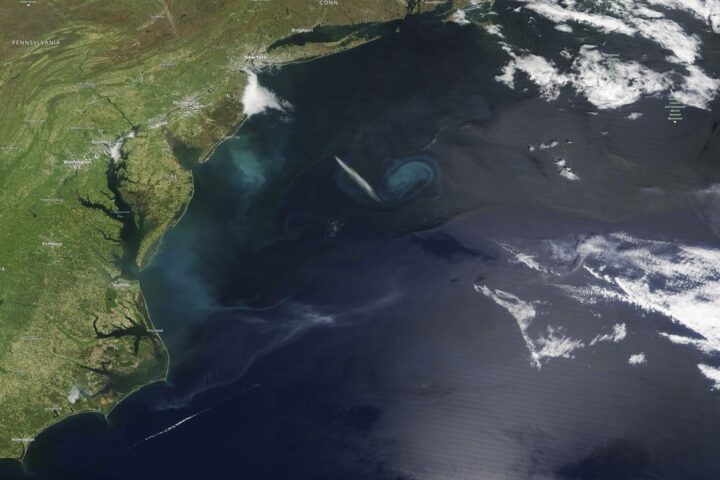The ethereal blue hue of the Lost City’s creamy carbonate structures and columns is revealed by a remotely operated vehicle sent to investigate. From miniature stacks resembling toadstools to a towering monolith reaching 60 meters, they vary in height. This submerged discovery, an oasis of life is located 2,300 feet beneath the ocean’s surface and uncovered by scientists in 2000, is known as the Lost City Hydrothermal Field and is the longest-existing hydrothermal vent system found in the ocean. Unlike anything else, this site has been continuously venting hydrogen, methane, and other gases from the upthrusting mantle into the ocean for at least 120,000 years and possibly even longer.
The cracks and fissures within the Lost City Hydrothermal Field’s vents provide sustenance for unique microbial communities, even in the absence of oxygen. Despite the inhospitable conditions, the vents emitting gases as hot as 104°F (40°C) are brimming with life such as snails and crustaceans. Although larger creatures like crabs, shrimp, sea urchins, and eels are uncommon, they can still be found. Despite the challenging environment, it is teeming with life, inspiring researchers to advocate for its preservation. To date, the Lost City Hydrothermal Field is the only one discovered by remotely operated vehicles, though it is believed that other similar systems exist within the world’s oceans.
The hydrocarbons present at the Lost City Hydrothermal Field were not derived from atmospheric CO2 or sunlight, but rather through chemical reactions occurring on the ocean floor. As hydrocarbons serve as the building blocks of life, this opens up the possibility that life might have originated in an environment similar to this one, not just on Earth but also on other celestial bodies. Microbiologist William Brazelton stated in 2018 that this ecosystem could exist at this moment on moons such as Enceladus or Europa, and even on Mars in the past. Unlike black smoker vents, which are underwater volcanic vents also considered as potential habitats, the Lost City’s ecosystem does not rely on the heat of magma.
The Lost City Hydrothermal Field’s chimneys differ greatly from black smokers, producing up to 100 times more hydrogen and methane compared to the iron and sulfur-rich minerals from the latter. Additionally, the calcite vents of the Lost City are much larger, indicating a longer period of activity. The tallest of the monoliths is known as Poseidon, named after the Greek god of the ocean, and rises over 60 meters. A cliffside to the northeast of the tower displays short-lived activity, with vents “weeping” fluid and creating clusters of intricate carbonate formations that resemble upturned fingers, according to researchers from the University of Washington.
Regrettably, the unique terrain of the Lost City Hydrothermal Field has attracted more than just scientists. In 2018, Poland was granted the rights to mine the deep sea surrounding the Lost City. Despite the absence of valuable minerals within the thermal field, the destruction of the area could have unforeseen impacts. Scientists warn that any plumes or discharges from the mining activity could pose a threat to the exceptional habitat. Therefore, some experts advocate for the Lost City to be designated as a World Heritage site to preserve the natural marvel before it’s too late. The Lost City has been a symbol of life’s perseverance for tens of thousands of years, but it would be tragic if humanity were to destroy it.


















